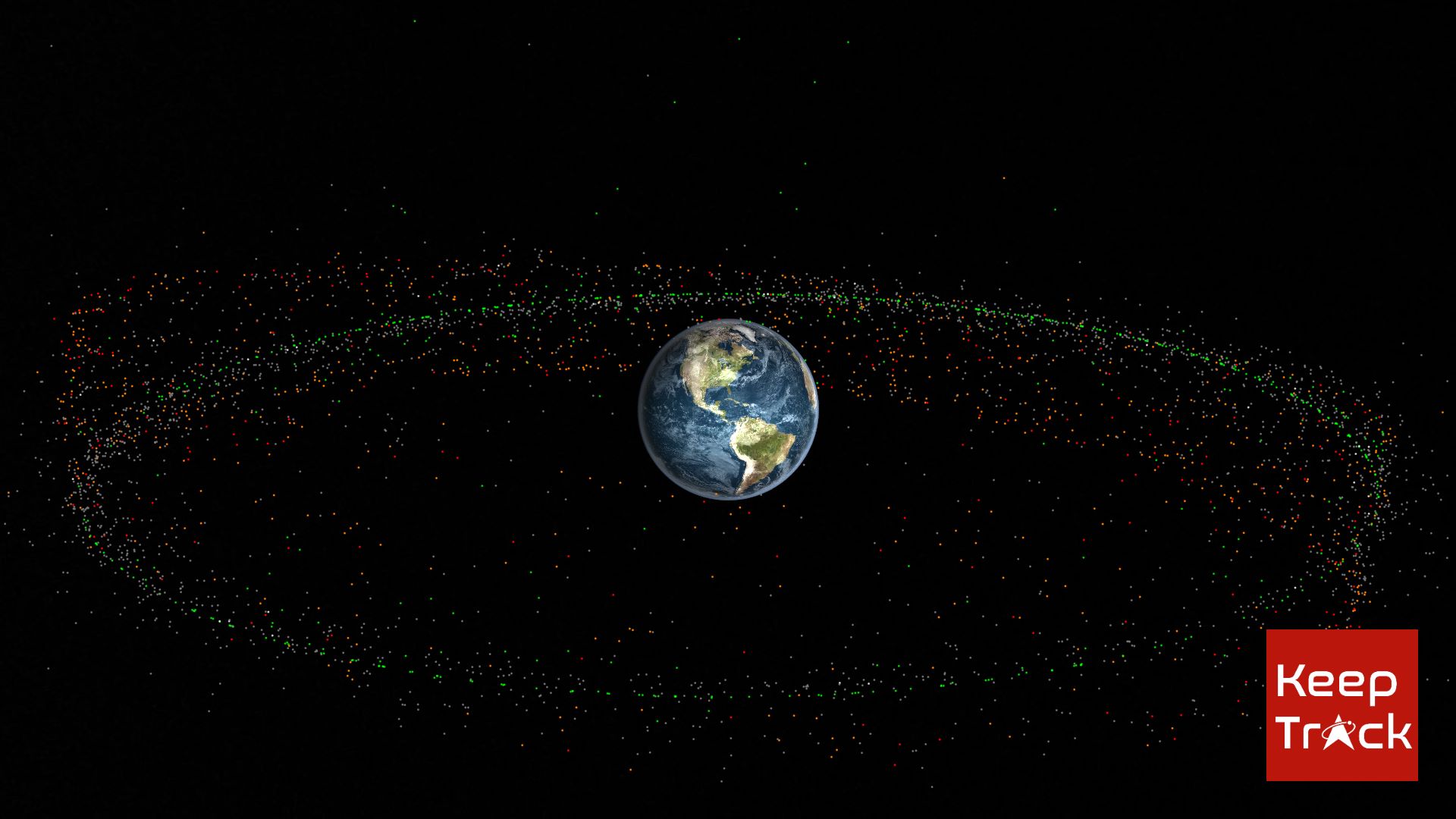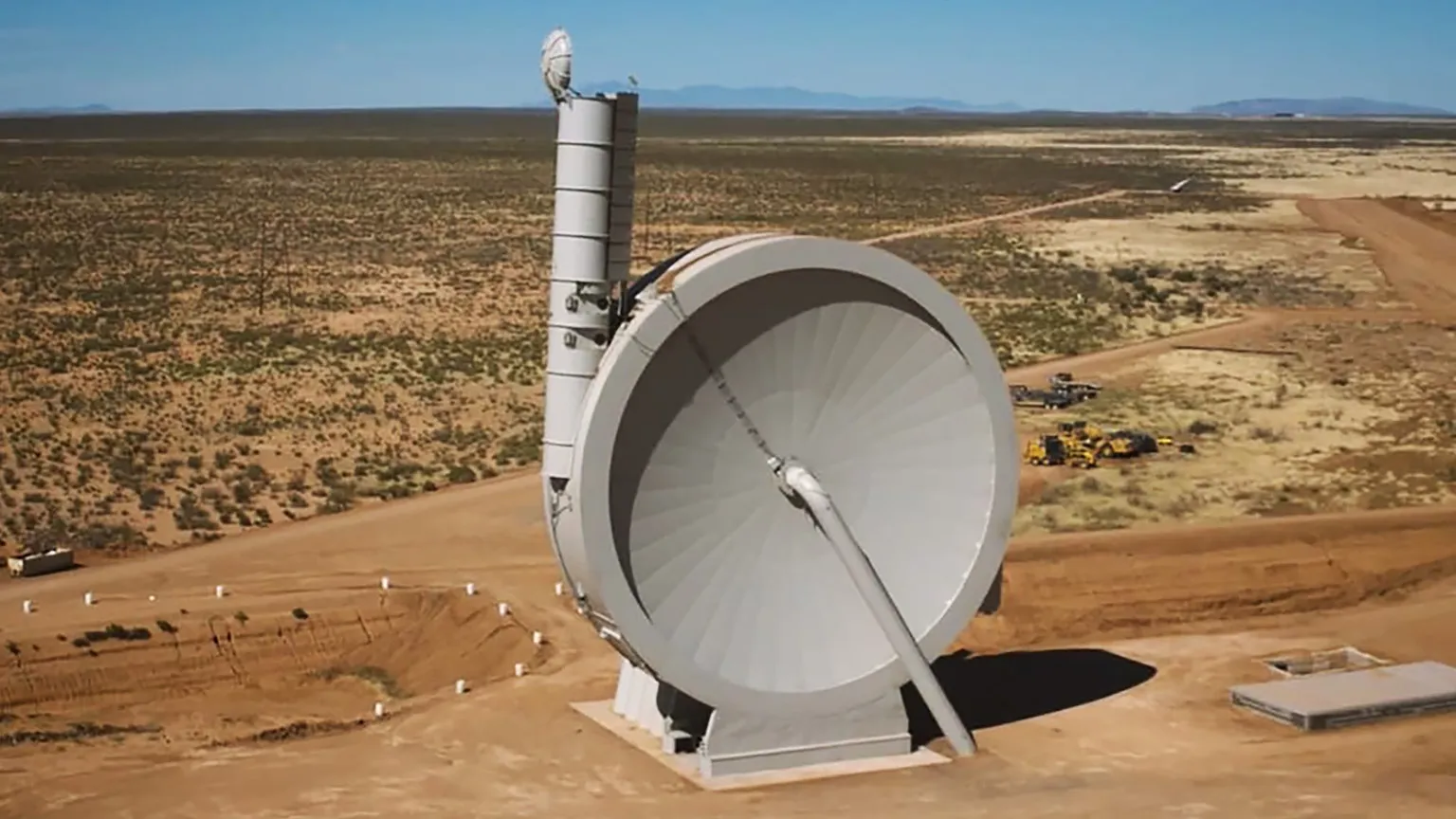· space terms · 3 min read
Geosynchronous Orbit (GEO)
Understanding the unique orbital sweet spot that keeps satellites perfectly positioned above Earth

Imagine hanging a lamp from your ceiling that stays perfectly positioned above your favorite reading chair. That’s essentially what a geosynchronous orbit does for satellites—it keeps them hovering over the same spot on Earth at all times.
The Technical Bits
A geosynchronous orbit (often abbreviated as GEO) sits about 22,236 miles (35,786 kilometers) above Earth’s surface. At this precise altitude, satellites complete one orbit in exactly 24 hours—the same time it takes Earth to rotate once.
Think of it like this: if you’re on a merry-go-round and your friend is walking around it at exactly the right speed, they’d always remain directly across from you as the ride spins. That’s the relationship between Earth and a geosynchronous satellite.
Why It Matters
This special orbit is prime real estate in space because satellites there can maintain continuous contact with a specific region on Earth. That’s why your satellite TV dish points at a fixed spot in the sky—it’s aimed at a satellite that never appears to move.
Geosynchronous satellites handle critical services like:
- Weather monitoring (those hurricane tracking images come from GEO satellites)
- Television broadcasting (how live sports reach your living room)
- Military communications (keeping troops connected globally)
- Long-distance phone calls and internet service for remote regions
What Most People Mix Up
People often confuse geosynchronous orbit with geostationary orbit. The difference? A geostationary orbit is a special type of geosynchronous orbit that sits directly above the equator. Geosynchronous satellites can orbit at any inclination (angle), which means some might appear to move north and south from our perspective while maintaining the same east-west position.
Fun Fact Space Nerds Might Not Know
Geosynchronous orbits are officially called “Clarke orbits” in honor of science fiction author Arthur C. Clarke. While working as a radar operator during World War II, Clarke published a revolutionary paper in the October 1945 issue of Wireless World magazine titled “Extra-Terrestrial Relays.” In it, he was the first to propose using satellites in geosynchronous orbit for global communications—nearly 20 years before the first geosynchronous satellite was actually launched! The International Astronomical Union officially named the orbit after him in recognition of this visionary idea that transformed global communications. What’s particularly remarkable is that Clarke wasn’t just a novelist spinning tales—he had the technical knowledge to calculate the exact altitude needed and predicted precisely how these satellites would revolutionize our world.
The Space Traffic Jam
The geosynchronous belt is becoming increasingly crowded. Since these satellites must all orbit at the same altitude, they’re positioned like a string of pearls around Earth. International agreements carefully manage these slots to prevent signal interference and potential collisions. When satellites run out of fuel, they’re typically boosted into a “graveyard orbit” about 300 kilometers higher—creating a slowly growing ring of defunct satellites circling our planet.
Think of geosynchronous orbit as the ultimate “sweet spot” parking space in space—it’s limited, valuable, and everyone wants a piece of it!
References

Theodore Kruczek





